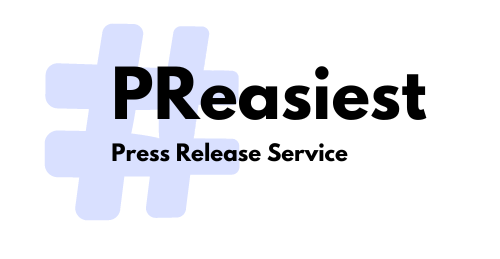How do you shape your press release?
You often see it: PR, Public Relations, etc. But what is this actually? And why is this something for your organization?
The meaning of PR
PR stands for Public Relations and includes all activities performed to manage and improve the reputation of a company, organization or individual. PR can again be divided into two different types of PR:
- Internal PR: Targets audiences directly involved with the company such as employees and shareholders. The goal of internal PR is to ensure that these groups are well informed about the company’s activities and feel involved in the goals of the organization.
- External PR: Focuses on building relationships between a company and its external audiences, such as customers, investors, media, and other stakeholders. The purpose of external PR is to create a positive image of the company and to protect and enhance its reputation.
We atDearest mainly focus on external PR. This means that we create a positive image for your organization by building, maintaining and strengthening relationships with external stakeholders! In this way we bring your brand to the attention of the right target group.
The difference between PR and marketing
PR and marketing are generally often confused with each other, even though they are two completely different subjects. The main difference between PR and marketing is that marketing focuses on selling products or services whereas PR focuses on building and maintaining relationships with the public and enhancing the reputation of your company. In marketing, the focus is mainly on advertising products or services, while PR focuses more on creating a positive image of your company through free publicity.
Wat is Free publicity?
Free publicity, also known as earned media, is a strategy in which a company receives positive media attention without paying for it directly. This is usually done by sending press releases, organizing press conferences or inviting journalists to events.This does not mean that you publish a piece of news yourself and then wait for a journalist to pick it up. You can inform the media yourself that you have something newsworthy to say.
This strategy is used to stand out in various news media, such as the NOS or the Algemeen Dagblad, where the company can get free attention and in this way get in touch with the target group. This can be seen as free advertising and can accelerate the growth of a company enormously.
What does PR yield?
Now that you know more about what PR means, you must be thinking, what does it actually get me? Effective PR can bring several benefits to your business, including increasing visibility and credibility, enhancing reputation, creating a positive image of the business, and building relationships with the public and stakeholders. This indirectly makes an important contribution to the success and growth of your company.
Why PR?
In short, why PR is so important for your company:
- It increases your credibility: When your company receives positive coverage in the media, it can help to increase its credibility and reputation.
- It creates more awareness: PR can help make your company more known to the public.
- It’s relatively cheap: Compared to traditional marketing methods such as advertising, PR is often less expensive and can still reach a large audience.
- It can help attract new customers: Positive publicity can contribute to increasing brand awareness and attracting new customers.
- It can have a positive impact on the operating result: Good PR tactics can contribute to a positive image of the company and thus indirectly contribute to a better operating result.
The goals of PR
Our goal atDearest is to grow your business through boosting your reputation and a strong relationship between your business and the external target group. As a result, your company generates an increase in turnover and has an edge over your competition in terms of visibility.
